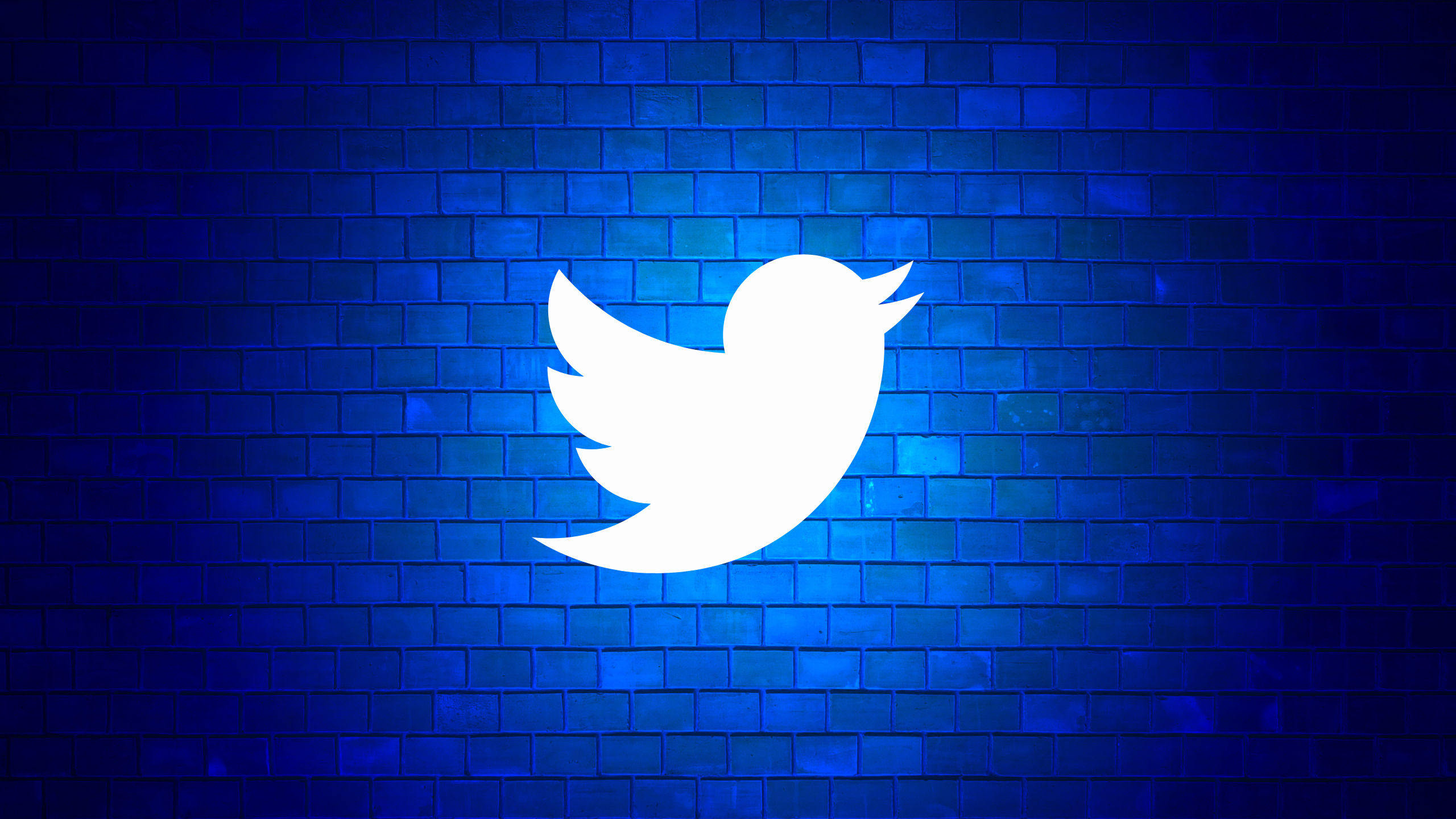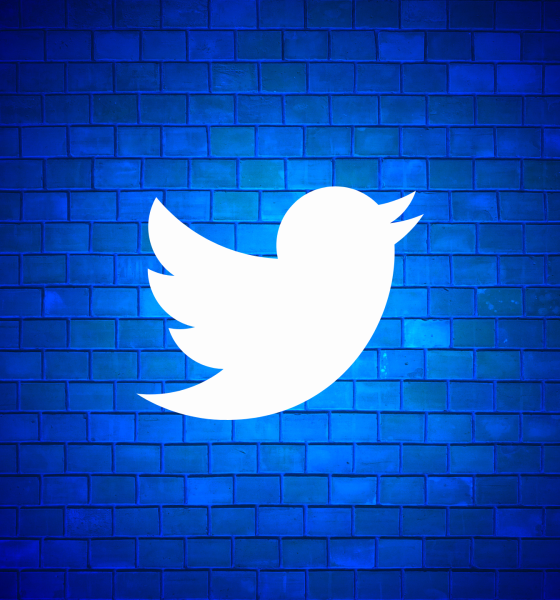

News
Elon Musk’s Twitter is working on removing child sexual abuse material at scale with “no mercy” for abusers
Elon Musk’s Twitter is working on removing child sexual abuse (CSAM) at scale with “no mercy for those who are involved in these illegal activities.” Andrea Stroppa shared a thread on Twitter with updates on how Twitter has moved from being lenient toward the child abuse problem to tackling it head-on.
Stroppa spearheaded the research team at Ghost Data and found that over 500 accounts openly shared the illegal material over a 20-day period in September. You can view the full report here. In his thread, Stroppa noted that he worked as an independent researcher along Twitter’s Trust and Safety team led by Ms. Ella Irin during the past few weeks. “Twitter achieved some relevant results I want to share with you,” Stroppa tweeted.
Stroppa noted that Twitter updated its mechanism to detect content related to CSAM and that it is faster, more efficient, and more aggressive. “No mercy for those who are involved in these illegal activities.”
THANK YOU! I’m so grateful.
— 𝔈𝔩𝔦𝔷𝔞 (@elizableu) December 3, 2022
Over the past few days, Twitter’s daily suspension rate has almost doubled, which means that the platform is doing a capillary analysis of contents. “It doesn’t matter when illicit content has been published. Twitter will find it and act accordingly.”
Stroppa pointed out that within the past 24 hours, Twitter began increasing its efforts and took down 44,000 suspicious accounts, and over 1,300 of those profiles tried to bypass detection using codewords and text in images to communicate.
He added that Twitter is aware of strategies, keywords, external URLs, and communication methods used by these accounts. “To increase its ability to protect children’s safety, Twitter involved independent and expert third parties.”
Stroppa added that Twitter is focusing its efforts on networks of Spanish-speaking and Portuguese-speaking users that share CSAM. “Twitter continues to have teams in place dedicated to investigating and taking action on these types of violations daily. Teams are more determined than ever and composed of passionate experts. Furthermore, Twitter simplified the process of users reporting illicit content.”
In a statement to Teslarati, Stroppa said, “If these good things are happening, it’s because Elon really cares about children’s safety. With Elon, we share the idea of the light of consciousness. This light goes through millions of people and improves a bit of the world.”
Eliza Bleu, who has been pushing Twitter to protect children since before Elon Musk purchased the platform, previously emphasized that the content needed to be removed “at scale.” In August, The Verge found that Twitter was unable to detect CSAM at scale.
“Twitter cannot accurately detect child sexual exploitation and non-consensual nudity at scale,” the Red Team, “to pressure-test the decision to allow adult creators to monetize on the platform by specifically focusing on what it would look like for Twitter to do this safely and responsibly.”
In her own thread, Eliza Bleu said that she never thought she would be able to tweet this, but “Twitter is currently working on detecting, removing, and reporting child sexual abuse material at scale.”
She added that the issue will take time to clean up, but the rapid changes are “just beautiful to see.”
On Saturday, Bleu told Teslarati, “While the corporate media was fear-mongering and spreading baseless conspiracy theories about Musk’s inability to tackle child sexual exploitation on Twitter with an alleged ‘skeleton crew,’ the platform was actually busy making amazing progress towards protecting sexually exploited children.”
“I’m extremely grateful to see the progress and the changes made under Elon Musk. He has accomplished in a month what the platform could not seem to do over the past decade about the issue of child sexual abuse material. The only time the platform previously made this much progress is when they implemented PhotoDNA.”
The technology Bleu is referring to was created when Microsoft partnered with Dartmouth College in 2009. PhotoDNA aids organizations in finding and removing known images of child exploitation. Bleu also called out Twitter’s advertisers that left the platform, citing Elon Musk as the reason, yet were silent on Twitter’s slowness and, at times, refusal to remove CSAM from its platform.
Your feedback is welcome. If you have any comments or concerns or see a typo, you can email me at johnna@teslarati.com. You can also reach me on Twitter at @JohnnaCrider1.
Teslarati is now on TikTok. Follow us for interactive news & more. Teslarati is now on TikTok. Follow us for interactive news & more. You can also follow Teslarati on LinkedIn, Twitter, Instagram, and Facebook.

News
Tesla FSD fleet is nearing 7 billion total miles, including 2.5 billion city miles
As can be seen on Tesla’s official FSD webpage, vehicles equipped with the system have now navigated over 6.99 billion miles.

Tesla’s Full Self-Driving (Supervised) fleet is closing in on almost 7 billion total miles driven, as per data posted by the company on its official FSD webpage.
These figures hint at the massive scale of data fueling Tesla’s rapid FSD improvements, which have been quite notable as of late.
FSD mileage milestones
As can be seen on Tesla’s official FSD webpage, vehicles equipped with the system have now navigated over 6.99 billion miles. Tesla owner and avid FSD tester Whole Mars Catalog also shared a screenshot indicating that from the nearly 7 billion miles traveled by the FSD fleet, more than 2.5 billion miles were driven inside cities.
City miles are particularly valuable for complex urban scenarios like unprotected turns, pedestrian interactions, and traffic lights. This is also the difference-maker for FSD, as only complex solutions, such as Waymo’s self-driving taxis, operate similarly on inner-city streets. And even then, incidents such as the San Francisco blackouts have proven challenging for sensor-rich vehicles like Waymos.
Tesla’s data edge
Tesla has a number of advantages in the autonomous vehicle sector, one of which is the size of its fleet and the number of vehicles training FSD on real-world roads. Tesla’s nearly 7 billion FSD miles then allow the company to roll out updates that make its vehicles behave like they are being driven by experienced drivers, even if they are operating on their own.
So notable are Tesla’s improvements to FSD that NVIDIA Director of Robotics Jim Fan, after experiencing FSD v14, noted that the system is the first AI that passes what he described as a “Physical Turing Test.”
“Despite knowing exactly how robot learning works, I still find it magical watching the steering wheel turn by itself. First it feels surreal, next it becomes routine. Then, like the smartphone, taking it away actively hurts. This is how humanity gets rewired and glued to god-like technologies,” Fan wrote in a post on X.
News
Tesla starts showing how FSD will change lives in Europe
Local officials tested the system on narrow country roads and were impressed by FSD’s smooth, human-like driving, with some calling the service a game-changer for everyday life in areas that are far from urban centers.

Tesla has launched Europe’s first public shuttle service using Full Self-Driving (Supervised) in the rural Eifelkreis Bitburg-Prüm region of Germany, demonstrating how the technology can restore independence and mobility for people who struggle with limited transport options.
Local officials tested the system on narrow country roads and were impressed by FSD’s smooth, human-like driving, with some calling the service a game-changer for everyday life in areas that are far from urban centers.
Officials see real impact on rural residents
Arzfeld Mayor Johannes Kuhl and District Administrator Andreas Kruppert personally tested the Tesla shuttle service. This allowed them to see just how well FSD navigated winding lanes and rural roads confidently. Kruppert said, “Autonomous driving sounds like science fiction to many, but we simply see here that it works totally well in rural regions too.” Kuhl, for his part, also noted that FSD “feels like a very experienced driver.”
The pilot complements the area’s “Citizen Bus” program, which provides on-demand rides for elderly residents who can no longer drive themselves. Tesla Europe shared a video of a demonstration of the service, highlighting how FSD gives people their freedom back, even in places where public transport is not as prevalent.
What the Ministry for Economic Affairs and Transport says
Rhineland-Palatinate’s Minister Daniela Schmitt supported the project, praising the collaboration that made this “first of its kind in Europe” possible. As per the ministry, the rural rollout for the service shows FSD’s potential beyond major cities, and it delivers tangible benefits like grocery runs, doctor visits, and social connections for isolated residents.
“Reliable and flexible mobility is especially vital in rural areas. With the launch of a shuttle service using self-driving vehicles (FSD supervised) by Tesla in the Eifelkreis Bitburg-Prüm, an innovative pilot project is now getting underway that complements local community bus services. It is the first project of its kind in Europe.
“The result is a real gain for rural mobility: greater accessibility, more flexibility and tangible benefits for everyday life. A strong signal for innovation, cooperation and future-oriented mobility beyond urban centers,” the ministry wrote in a LinkedIn post.
News
Tesla China quietly posts Robotaxi-related job listing
Tesla China is currently seeking a Low Voltage Electrical Engineer to work on circuit board design for the company’s autonomous vehicles.

Tesla has posted a new job listing in Shanghai explicitly tied to its Robotaxi program, fueling speculation that the company is preparing to launch its dedicated autonomous ride-hailing service in China.
As noted in the listing, Tesla China is currently seeking a Low Voltage Electrical Engineer to work on circuit board design for the company’s autonomous vehicles.
Robotaxi-specific role
The listing, which was shared on social media platform X by industry watcher @tslaming, suggested that Tesla China is looking to fill the role urgently. The job listing itself specifically mentions that the person hired for the role will be working on the Low Voltage Hardware team, which would design the circuit boards that would serve as the nervous system of the Robotaxi.
Key tasks for the role, as indicated in the job listing, include collaboration with PCB layout, firmware, mechanical, program management, and validation teams, among other responsibilities. The role is based in Shanghai.
China Robotaxi launch
China represents a massive potential market for robotaxis, with its dense urban centers and supportive policies in select cities. Tesla has limited permission to roll out FSD in the country, though despite this, its vehicles have been hailed as among the best in the market when it comes to autonomous features. So far, at least, it appears that China supports Tesla’s FSD and Robotaxi rollout.
This was hinted at in November, when Tesla brought the Cybercab to the 8th China International Import Expo (CIIE) in Shanghai, marking the first time that the autonomous two-seater was brought to the Asia-Pacific region. The vehicle, despite not having a release date in China, received a significant amount of interest among the event’s attendees.








